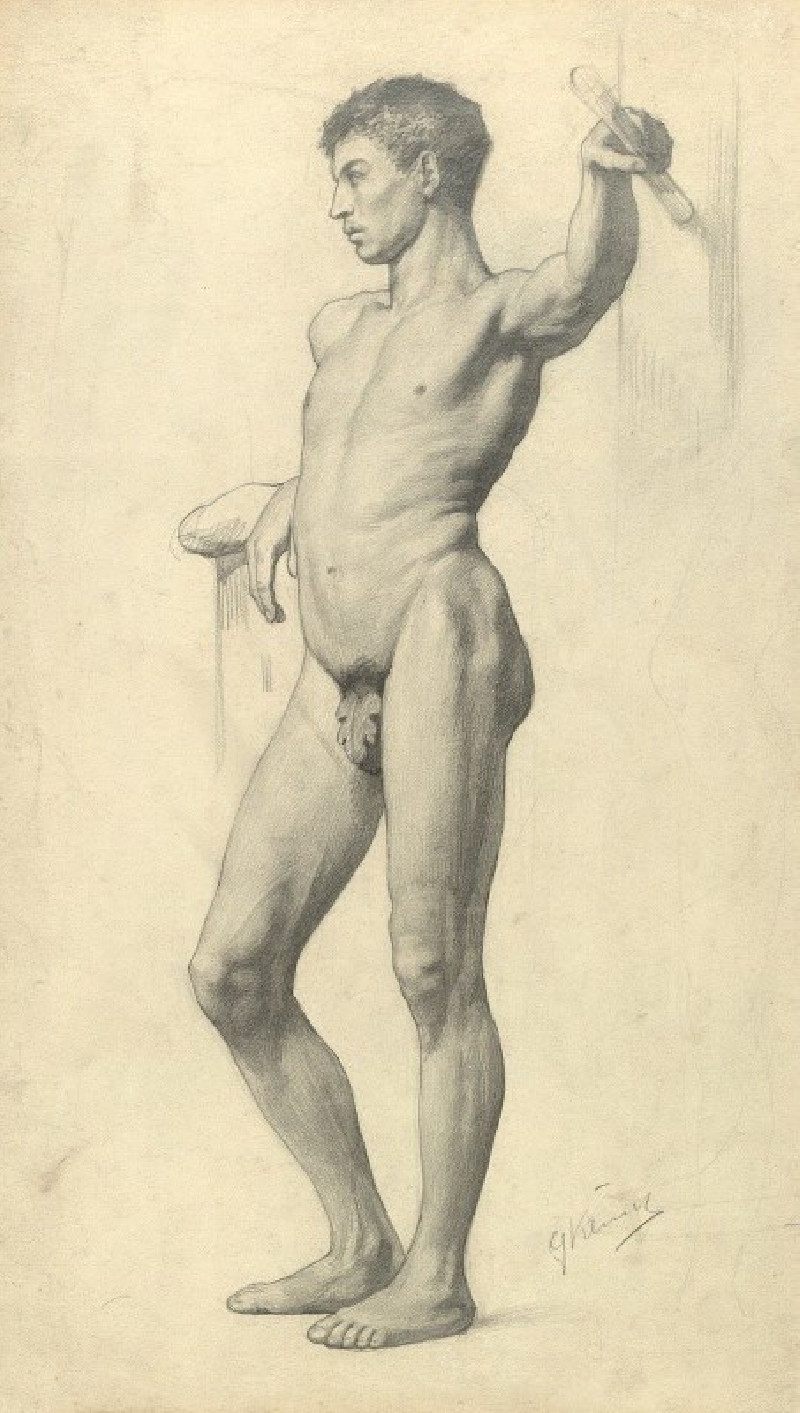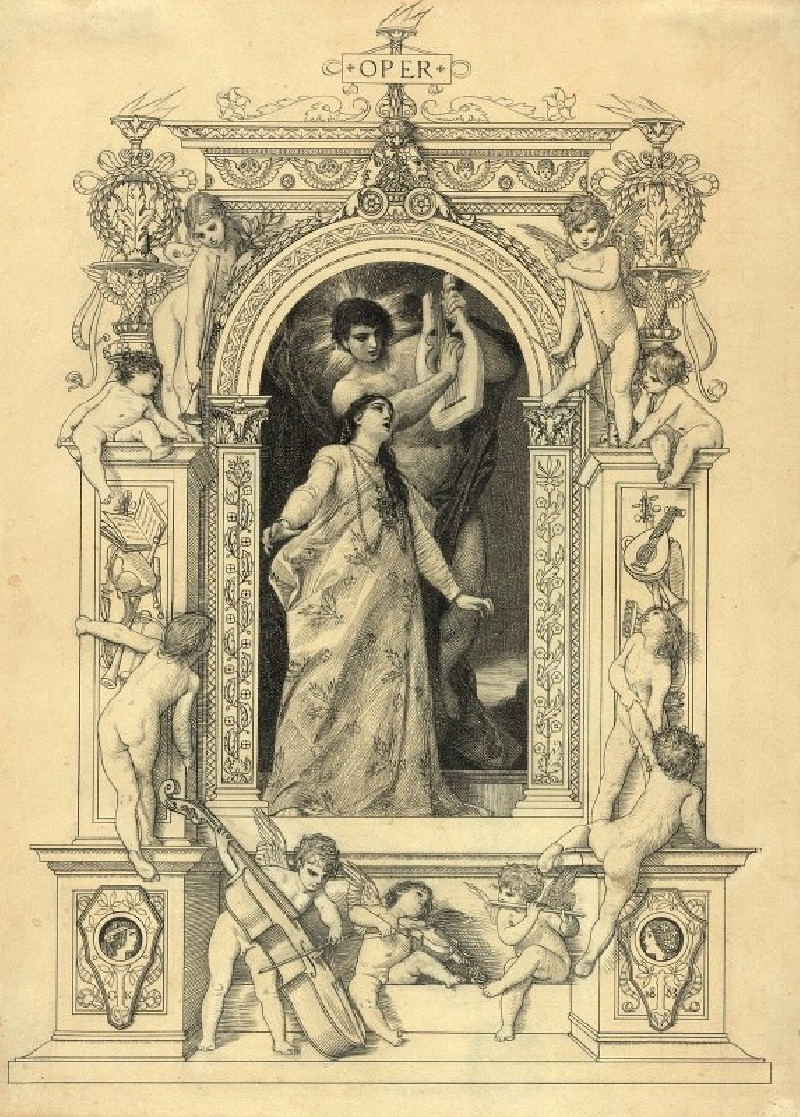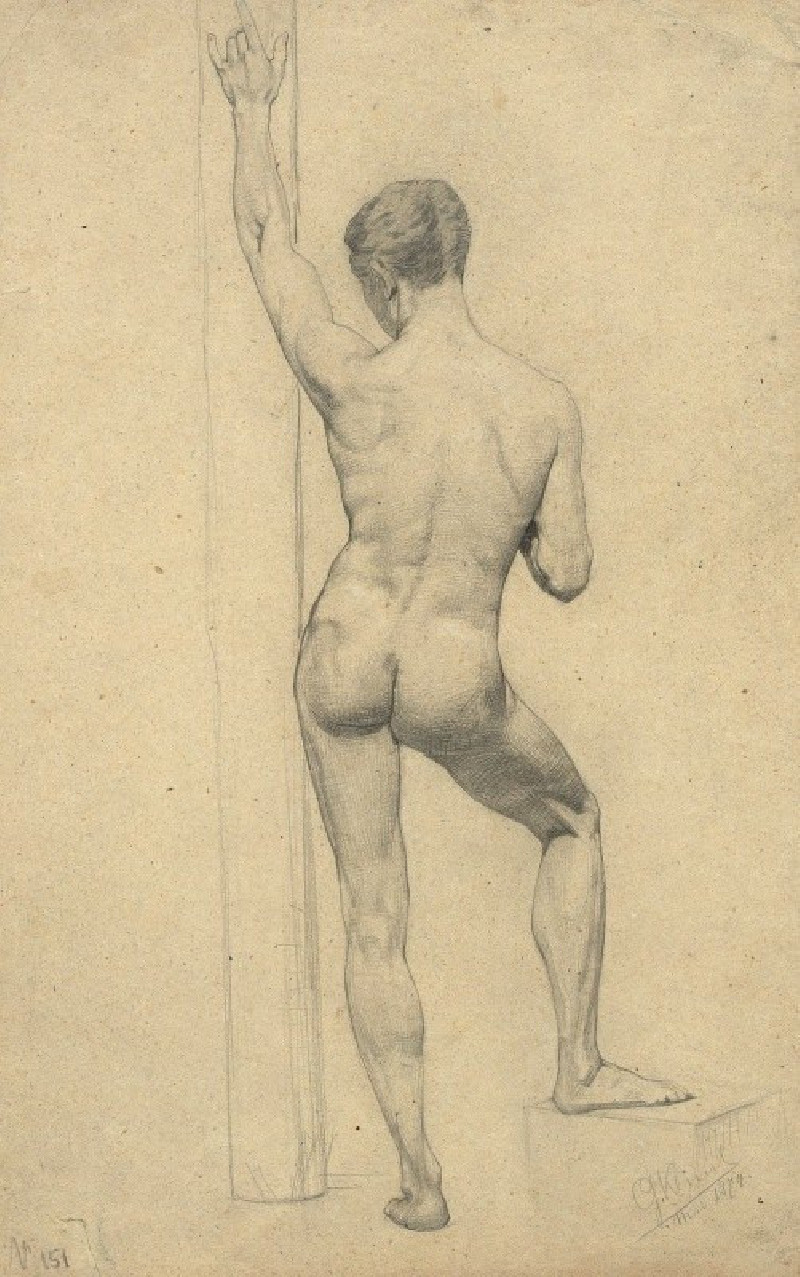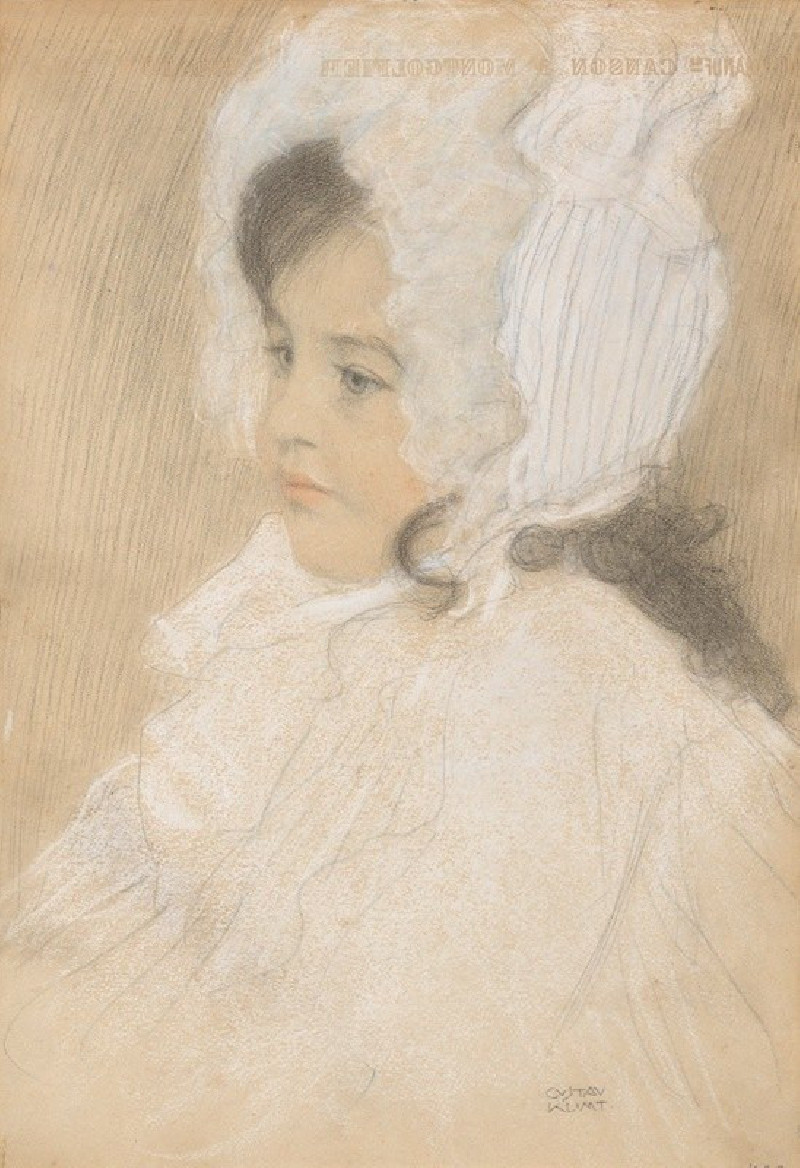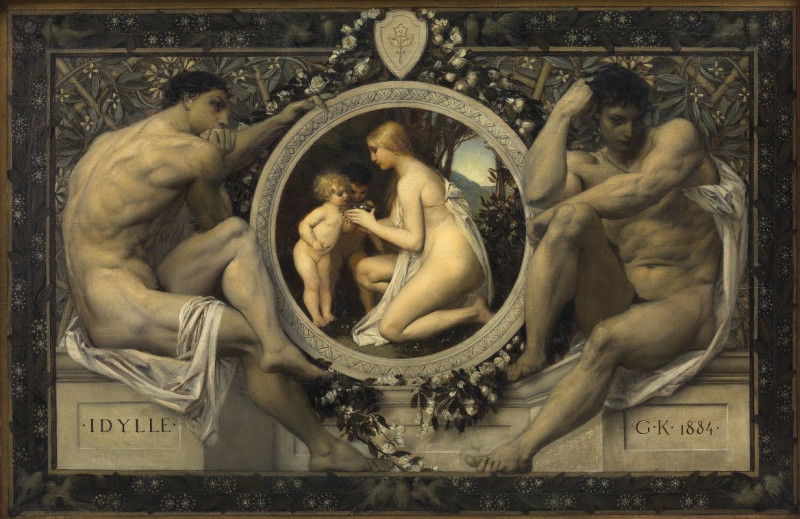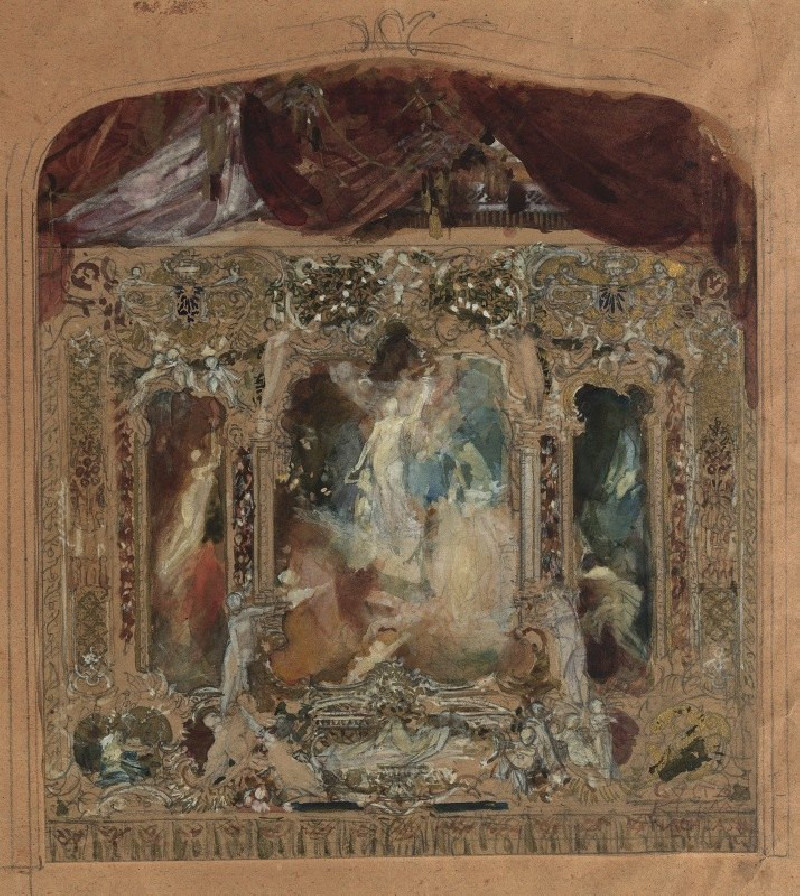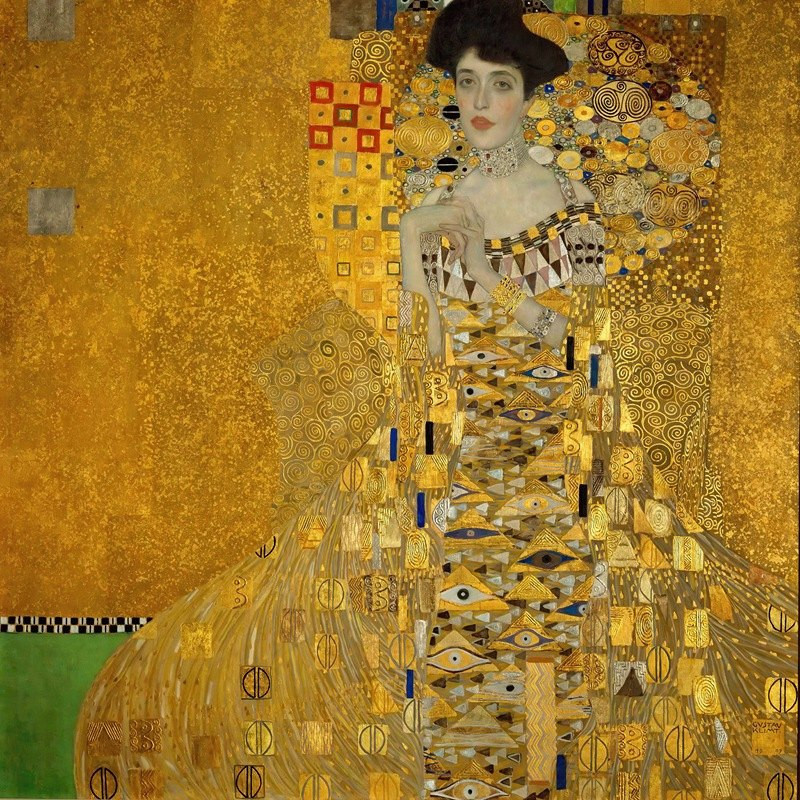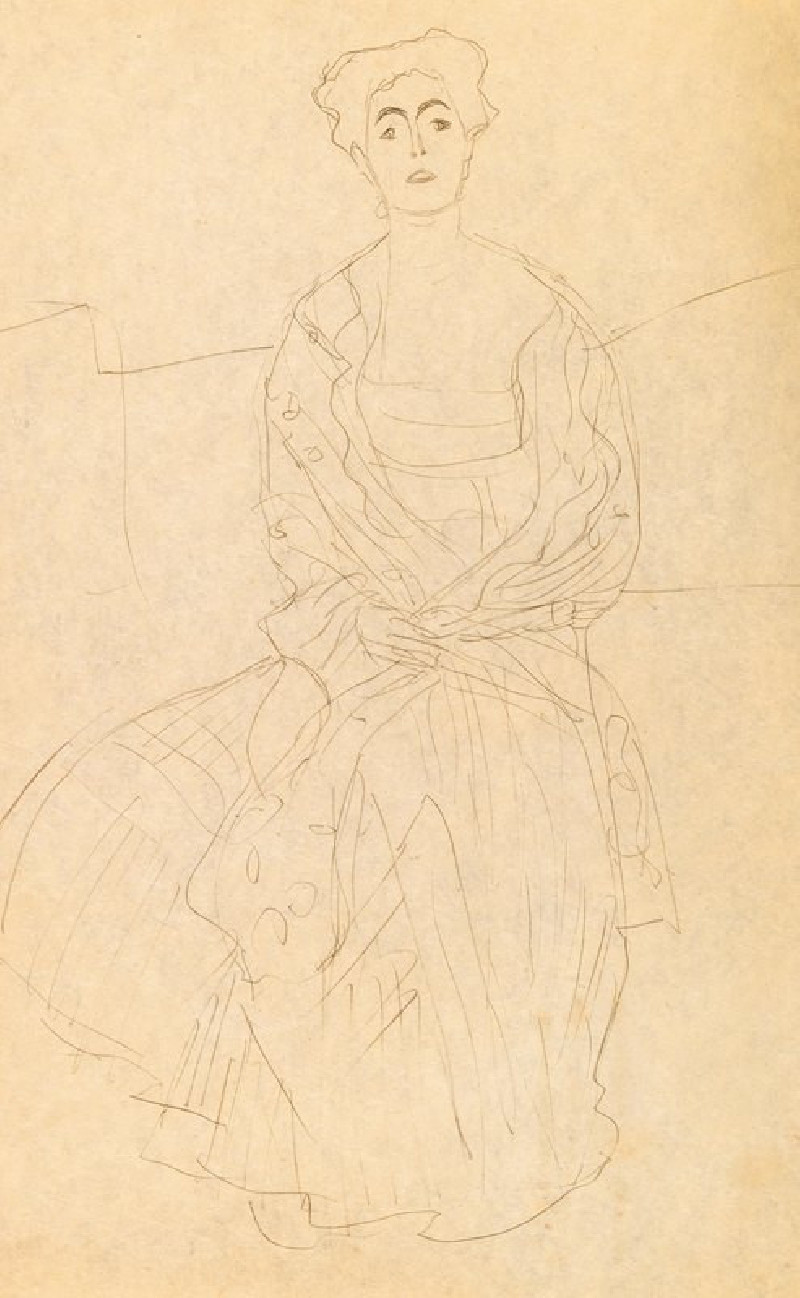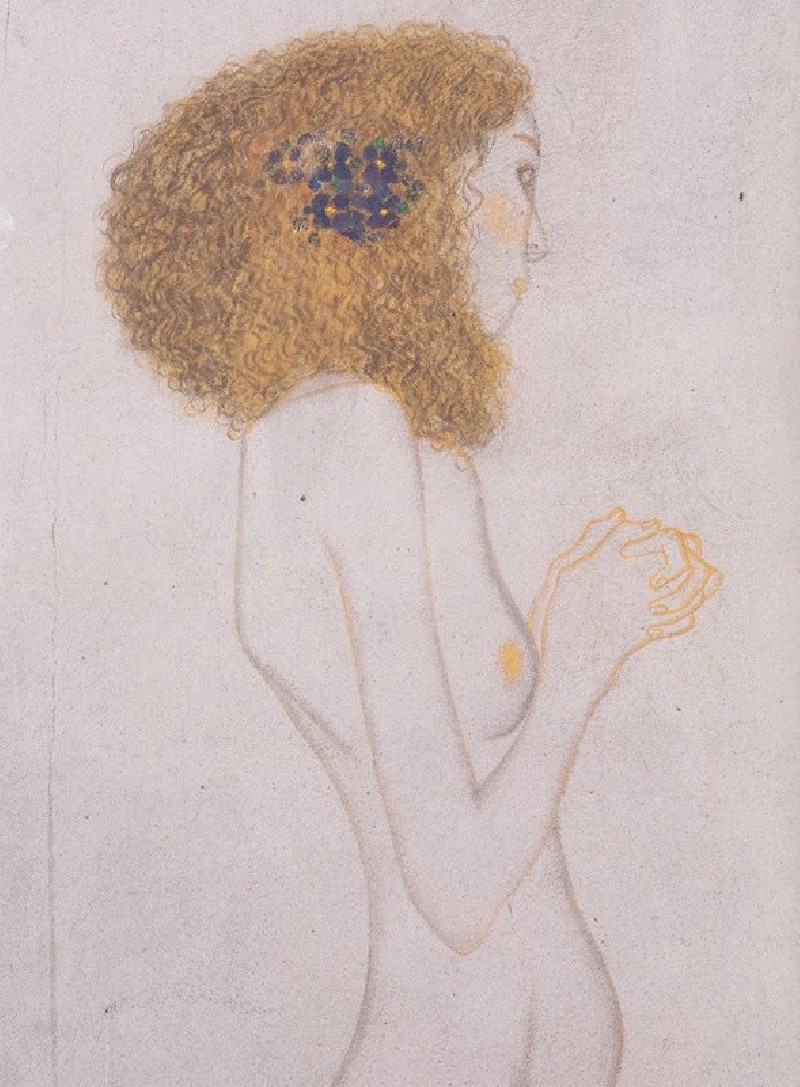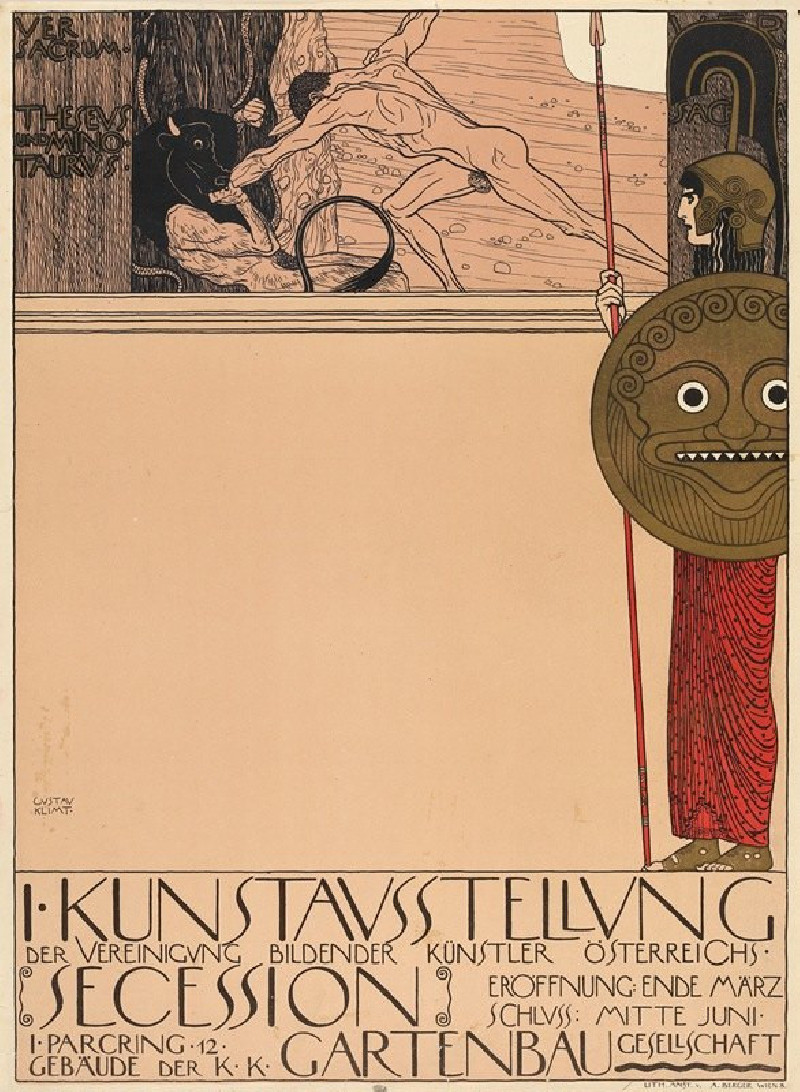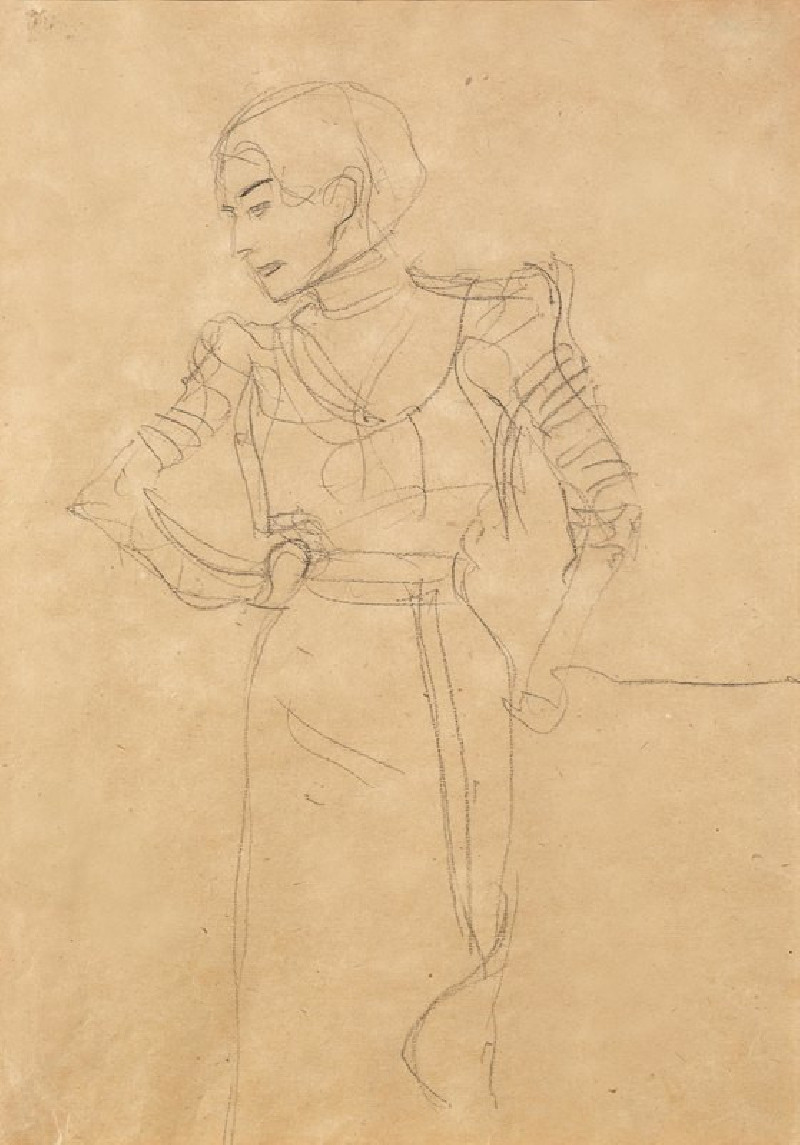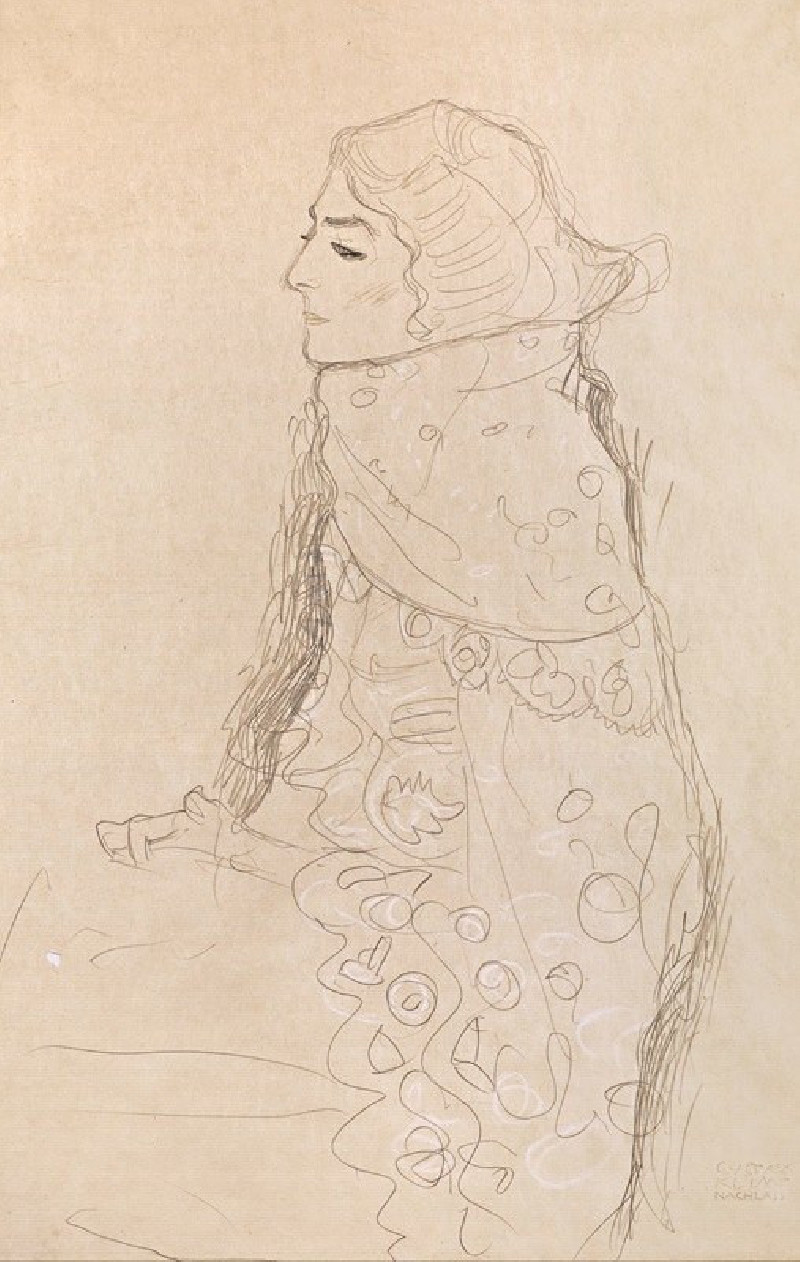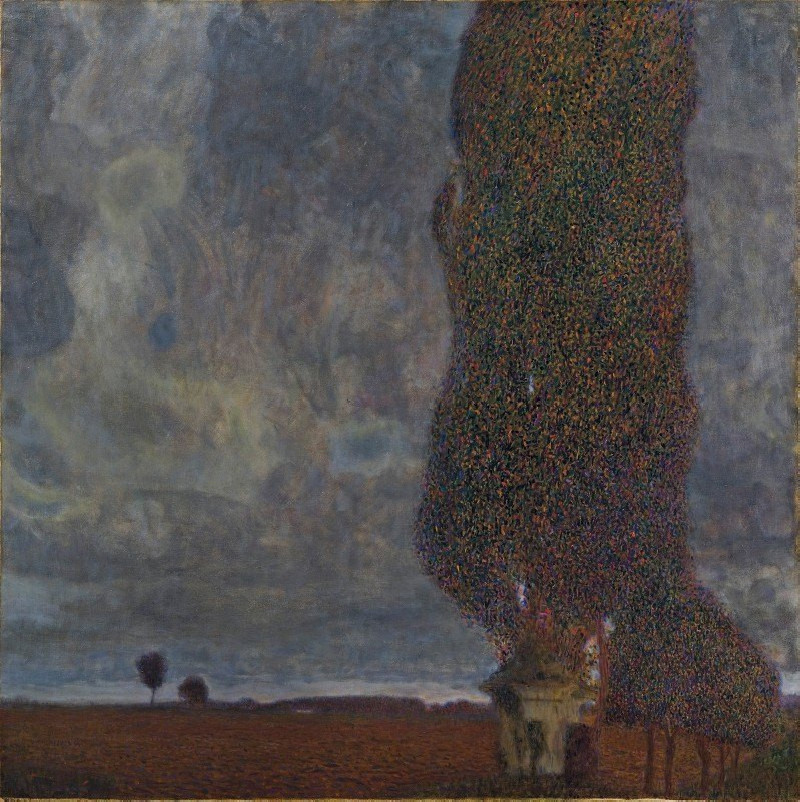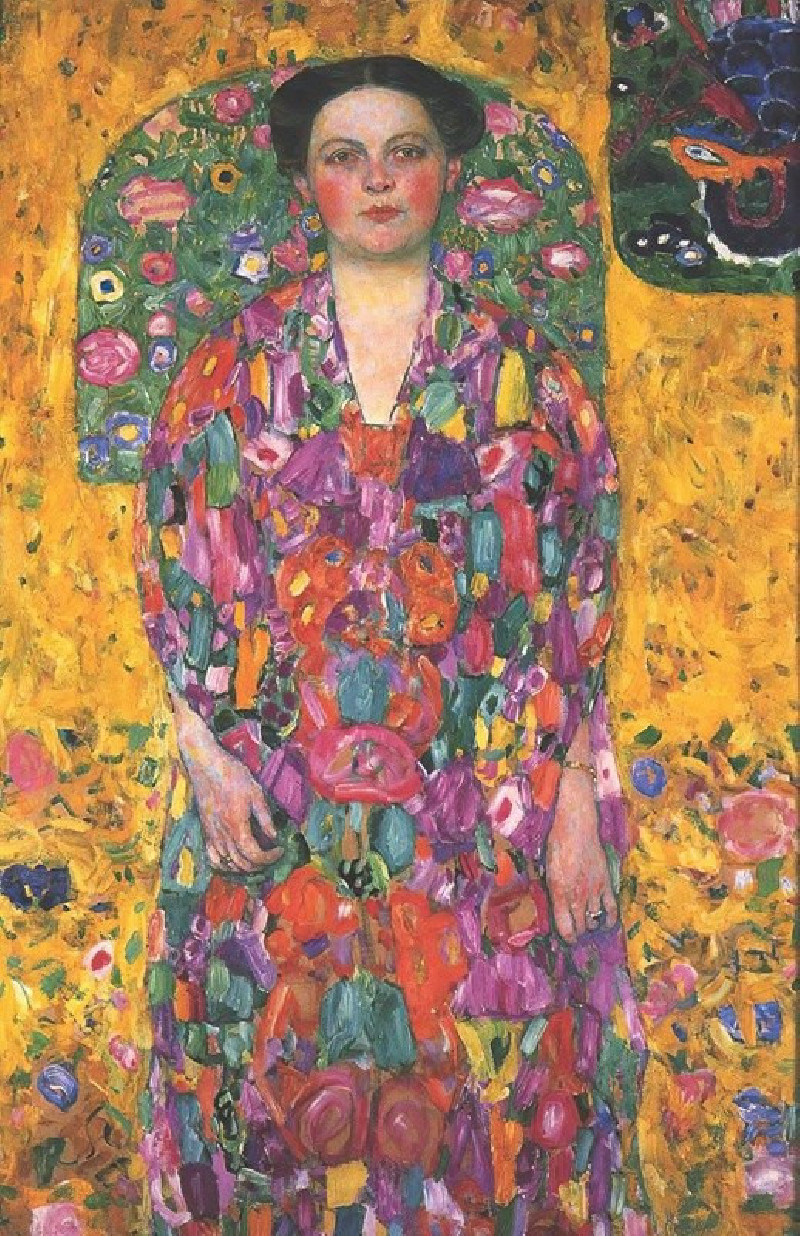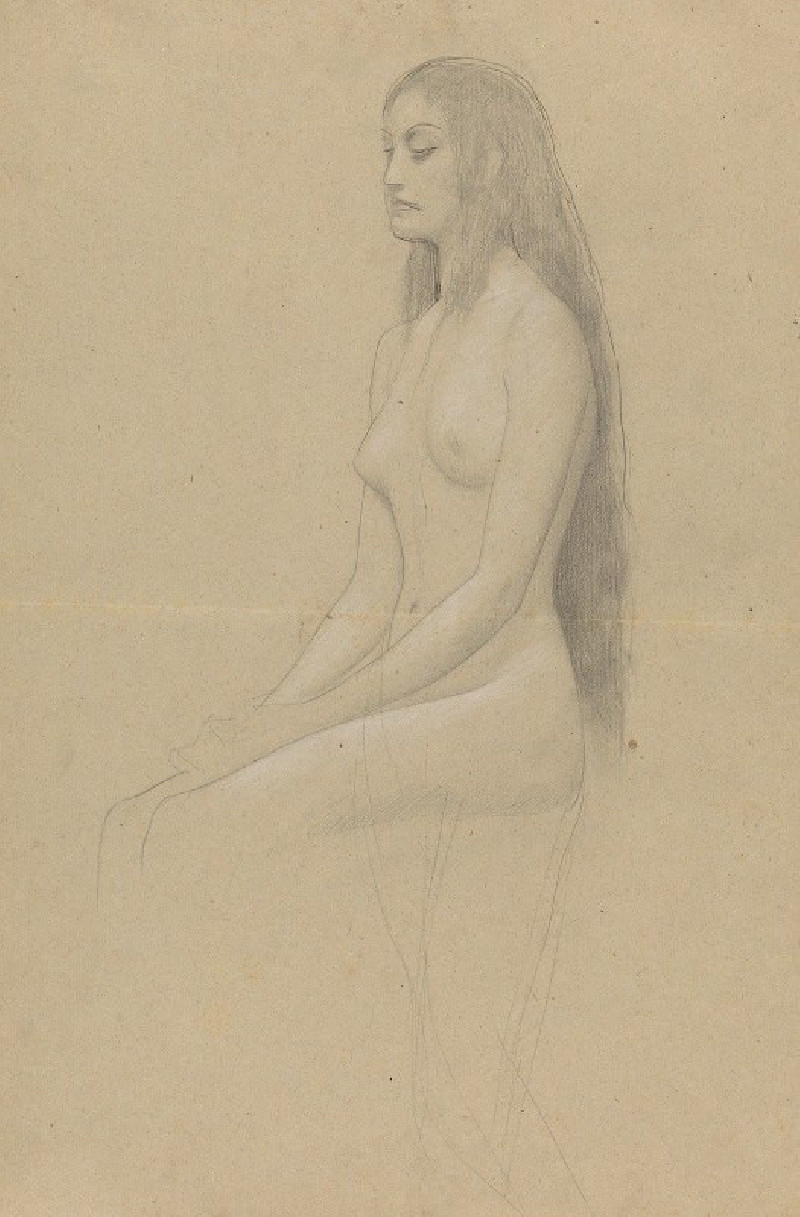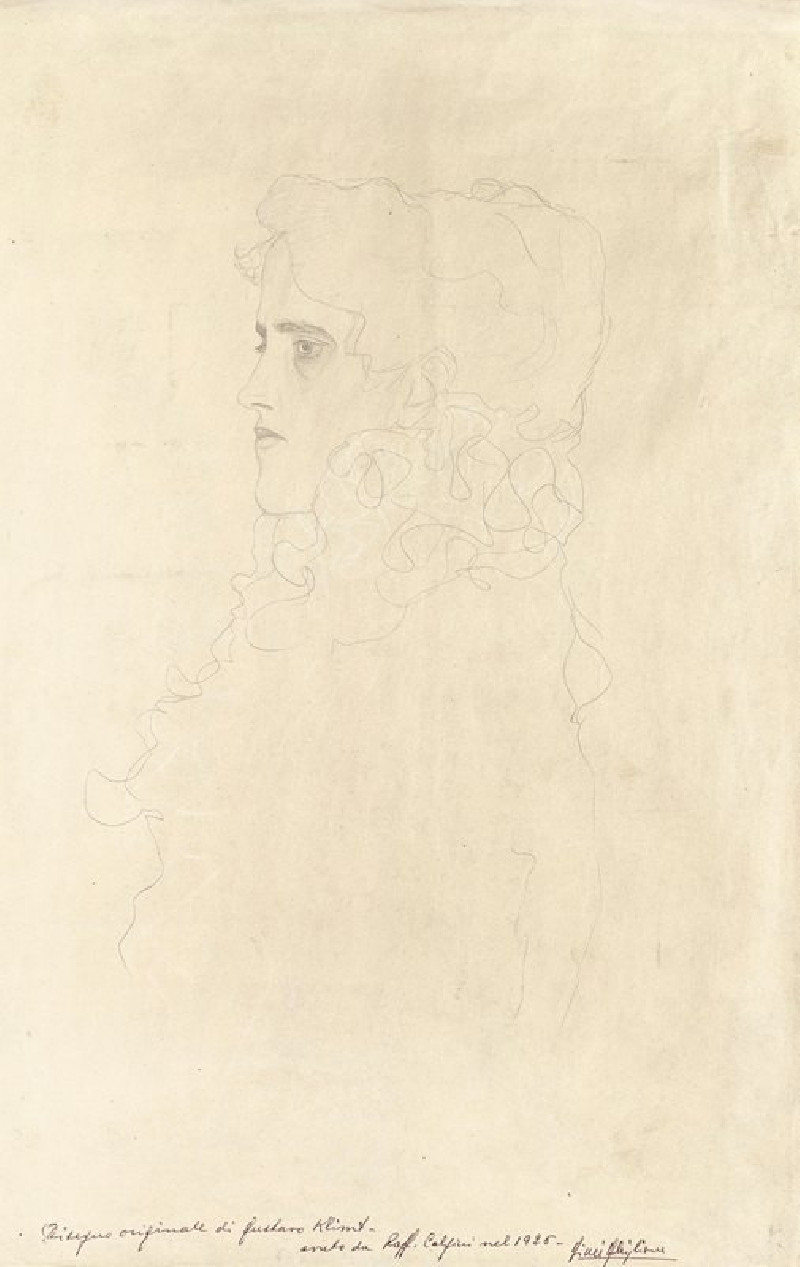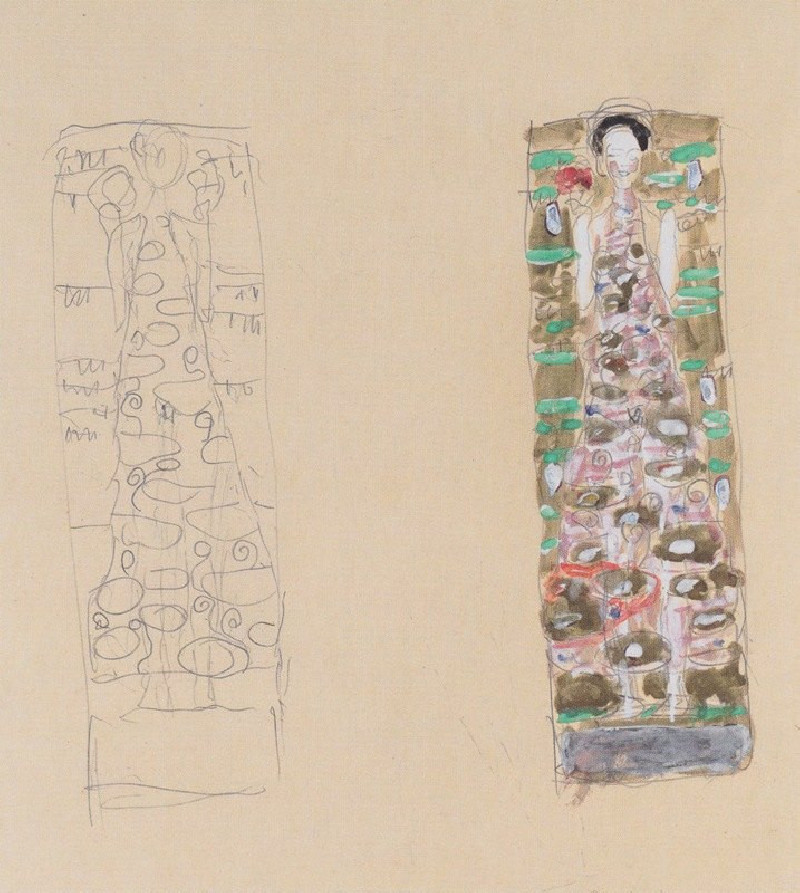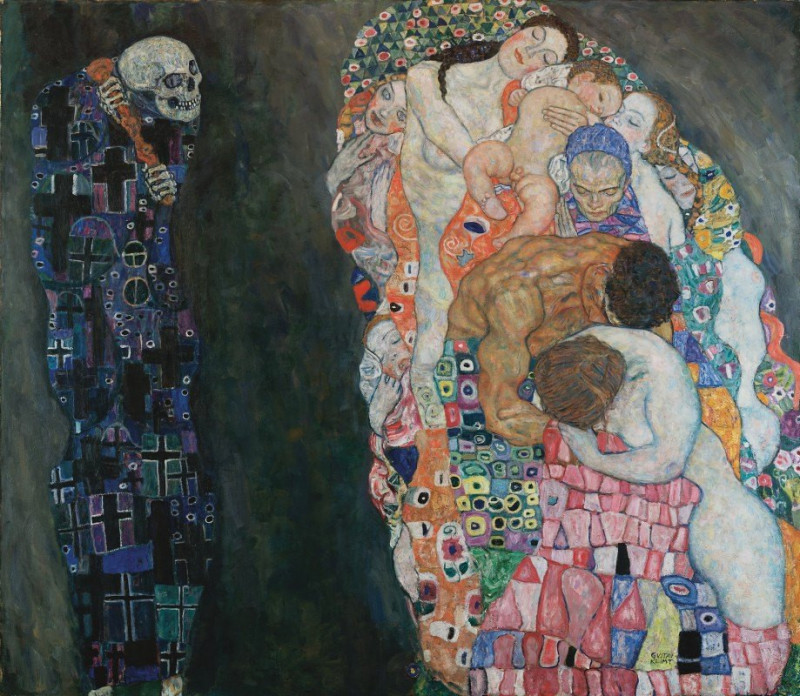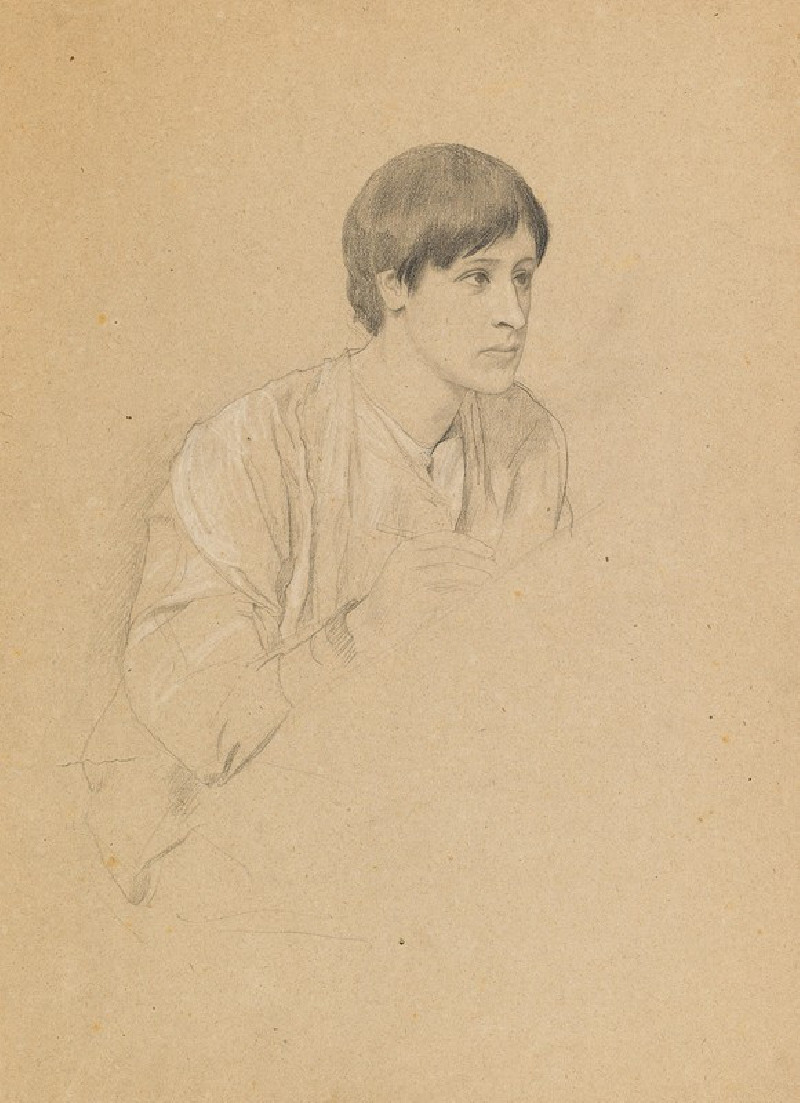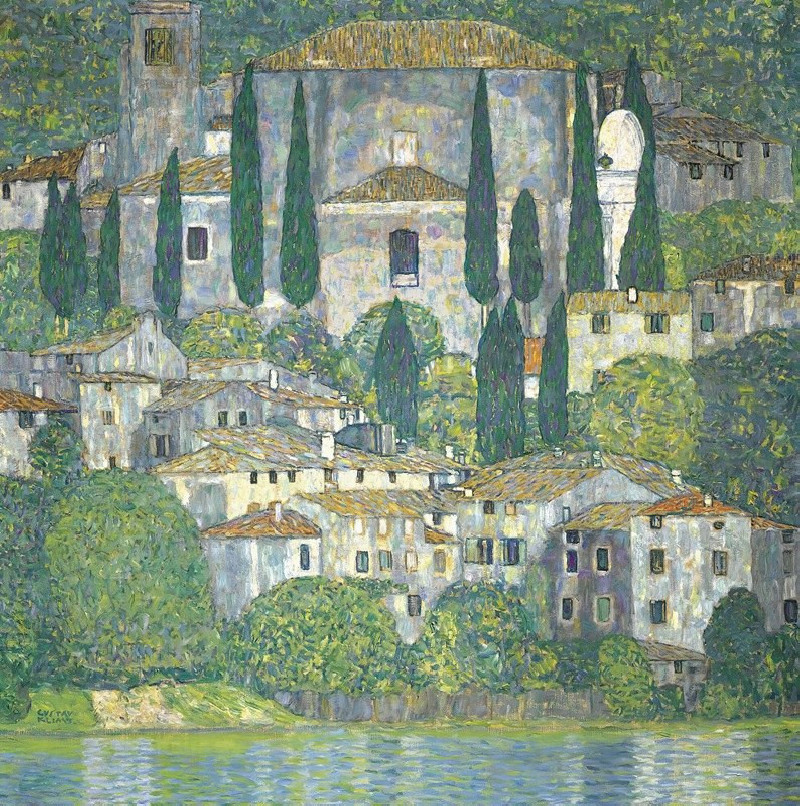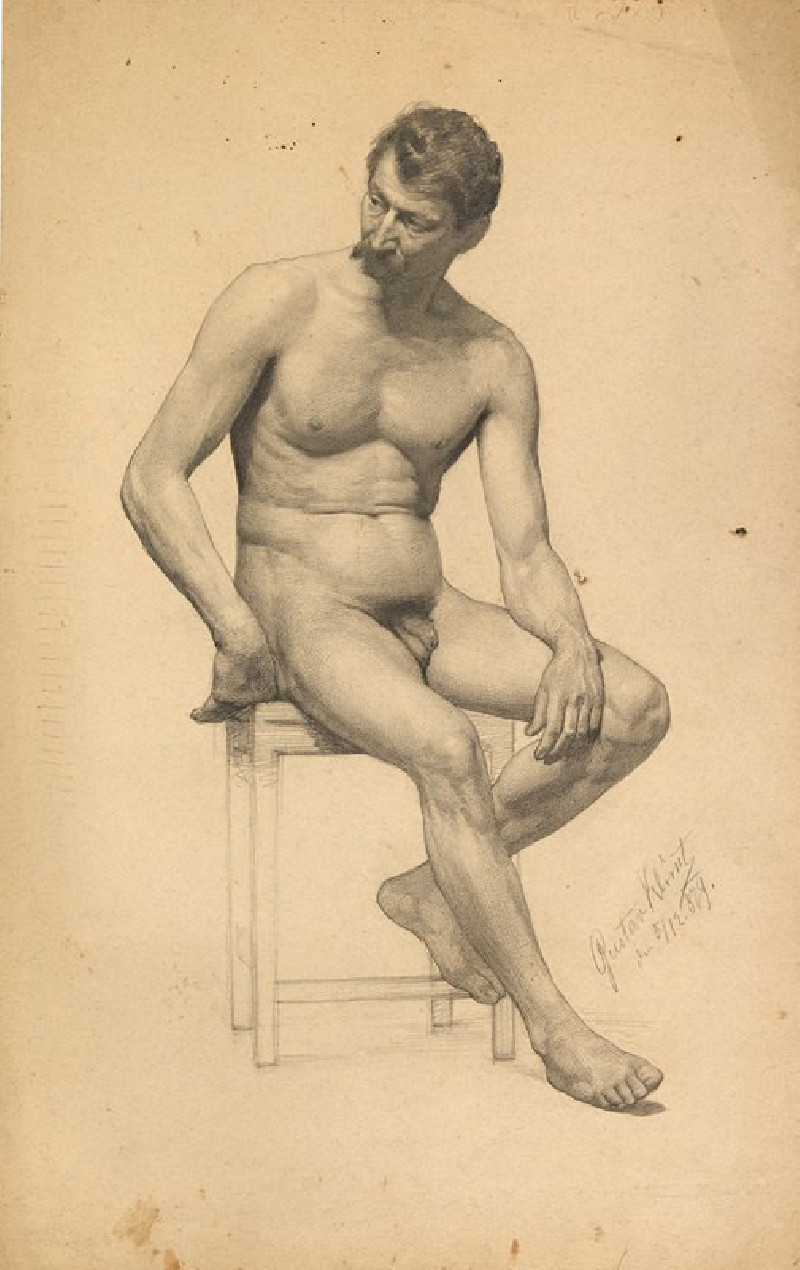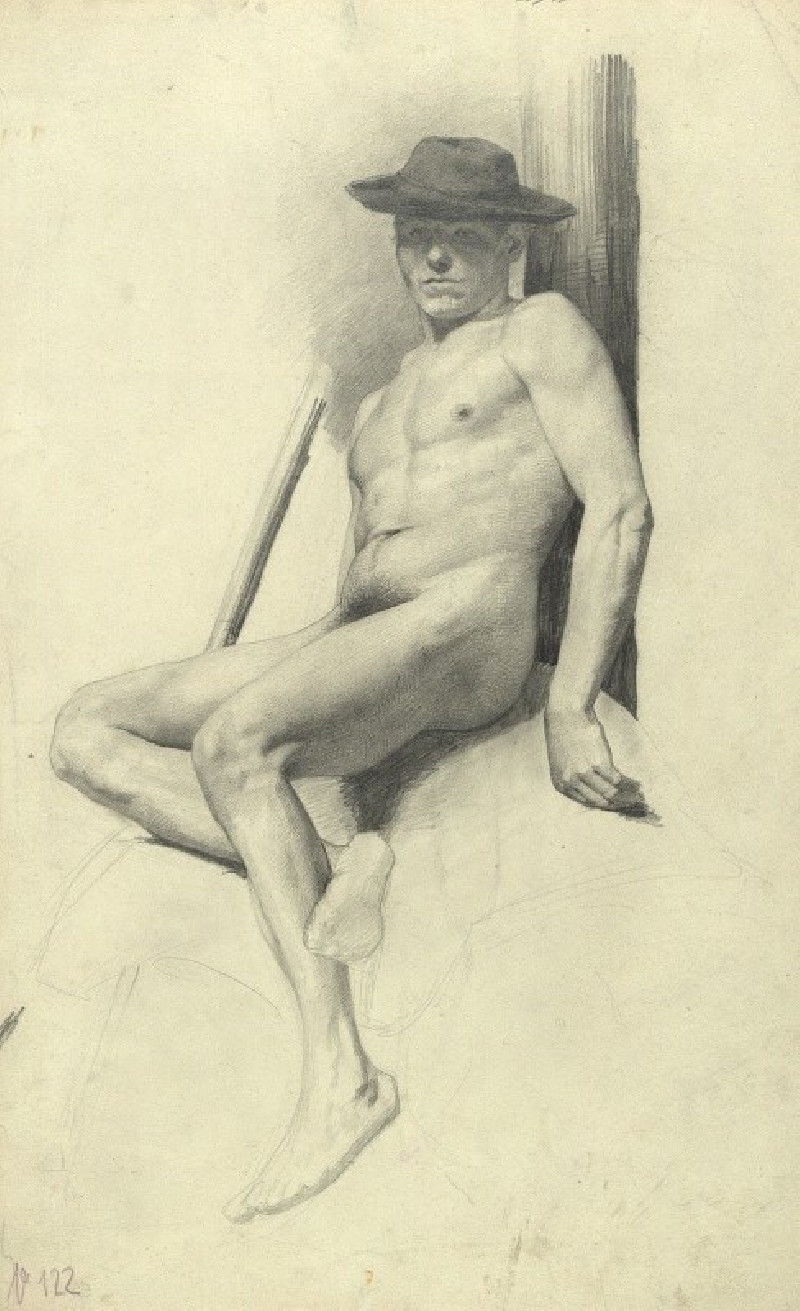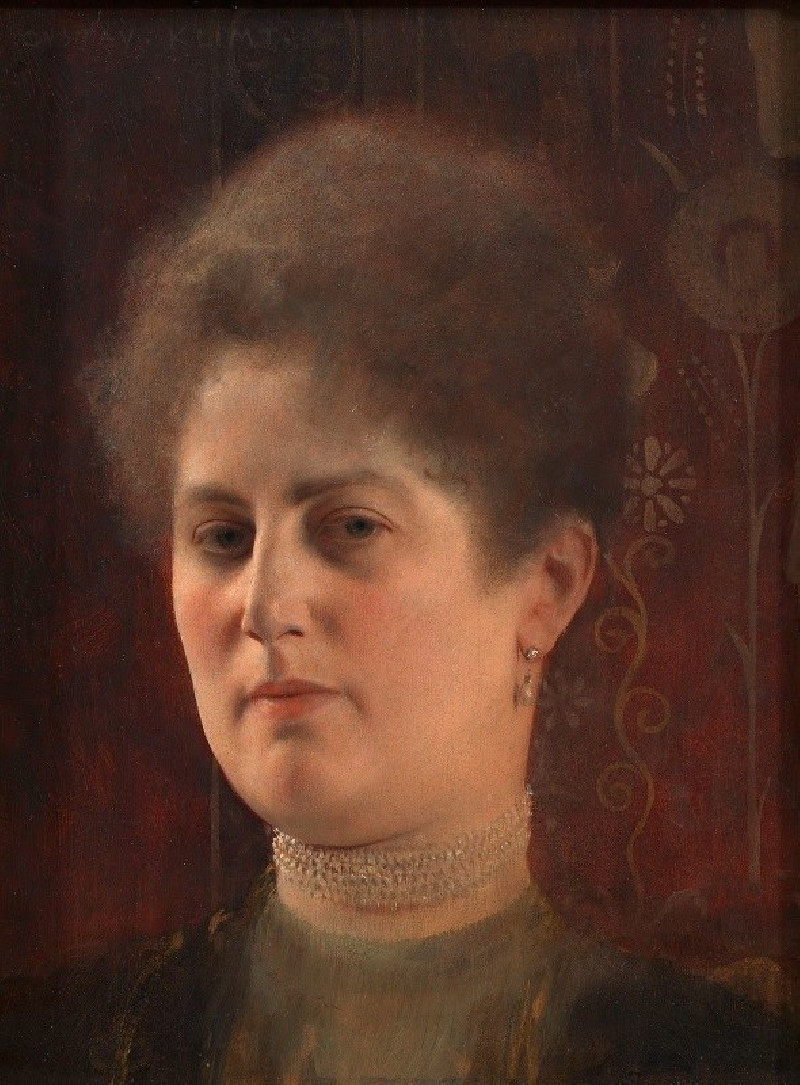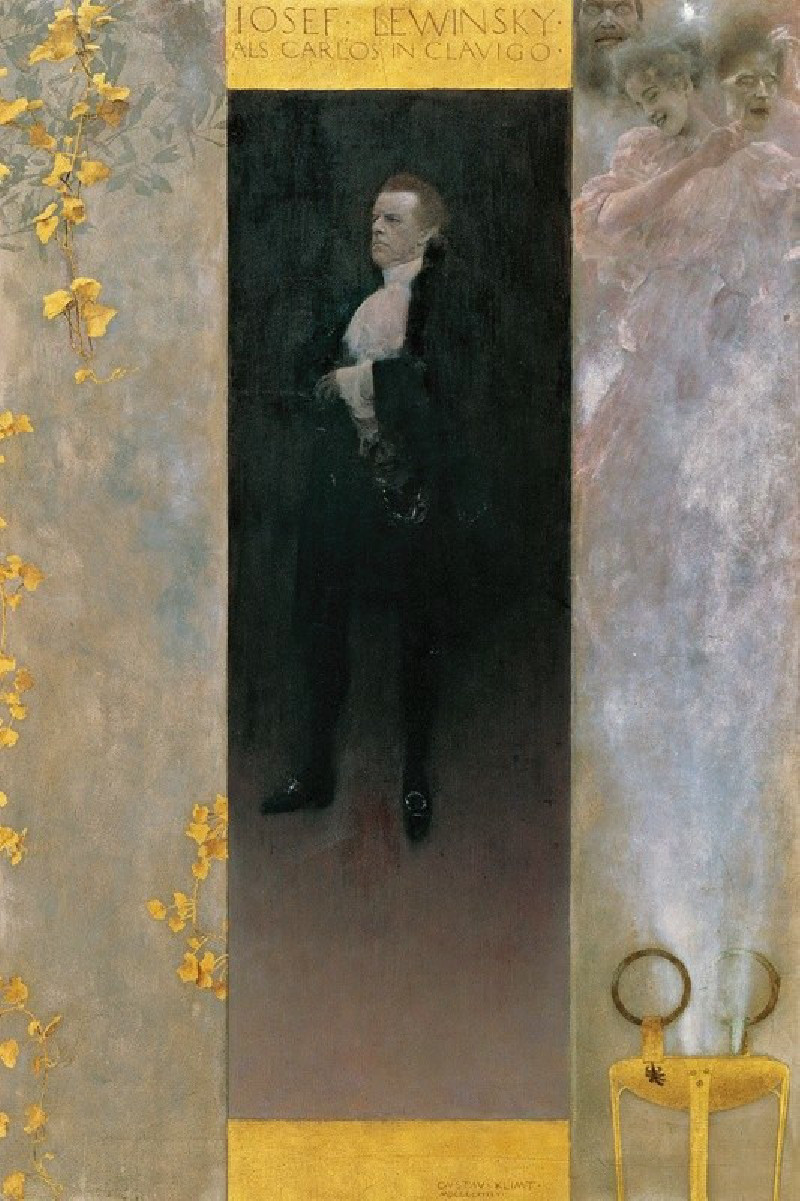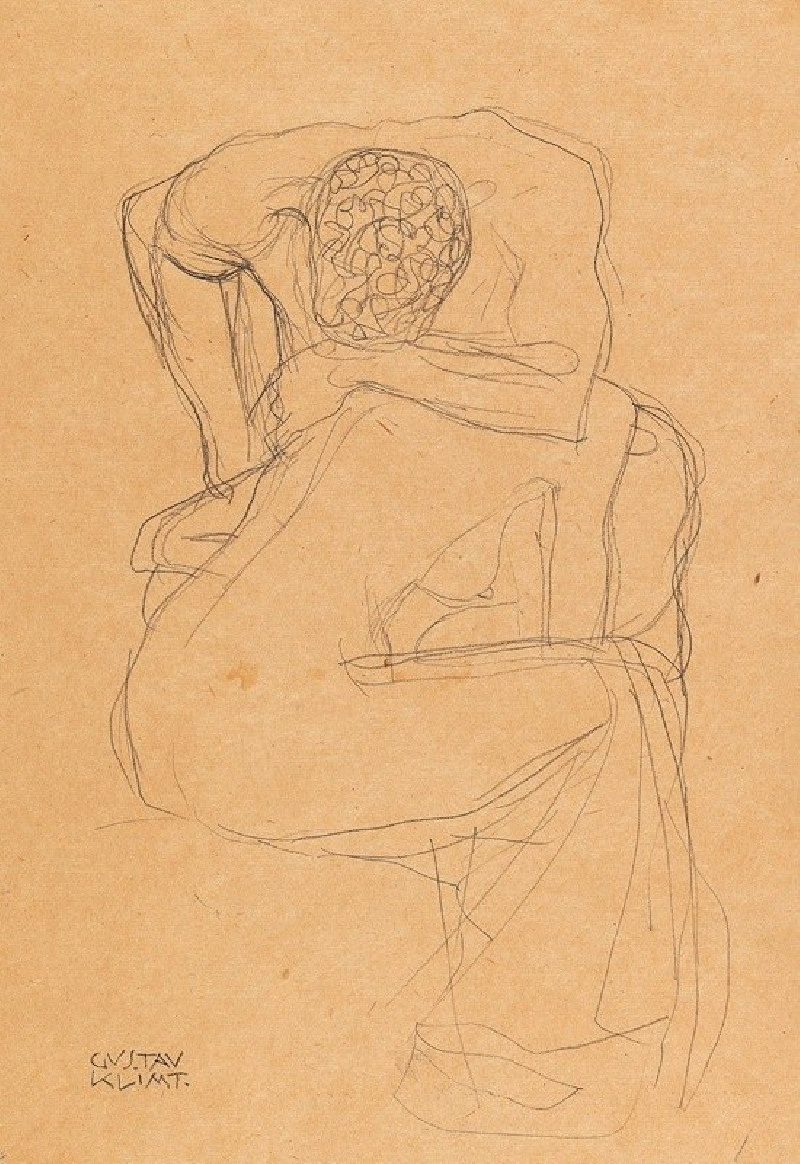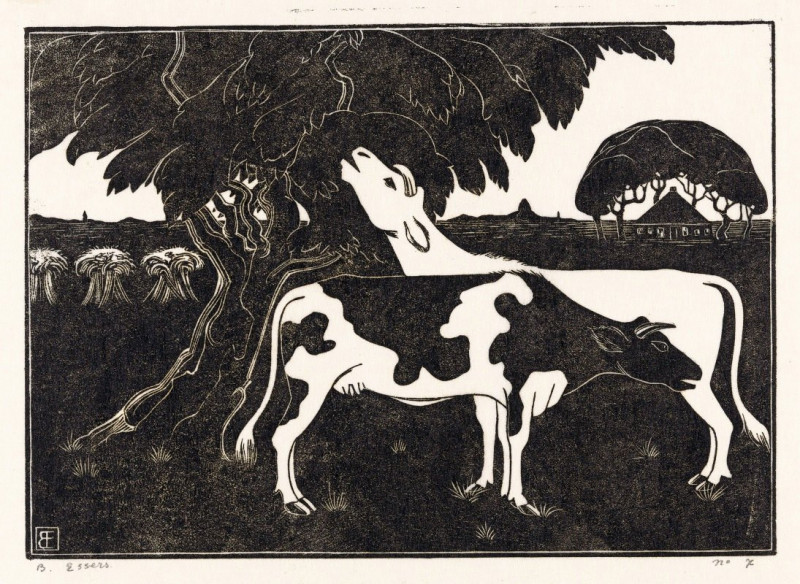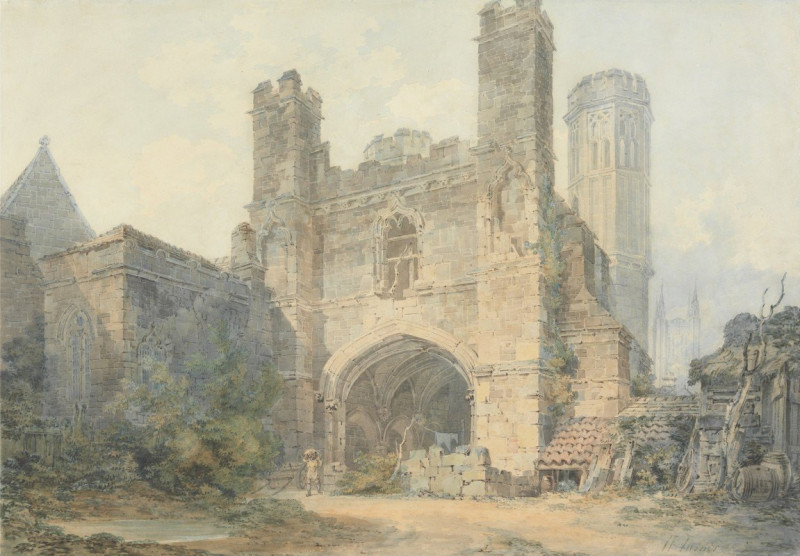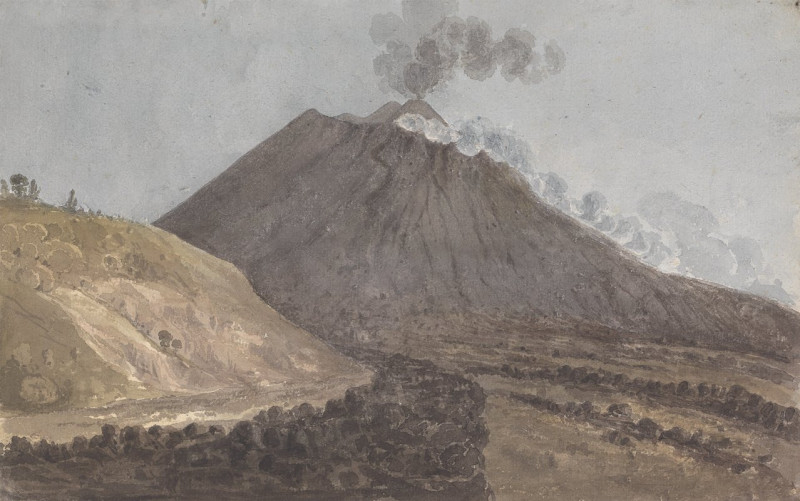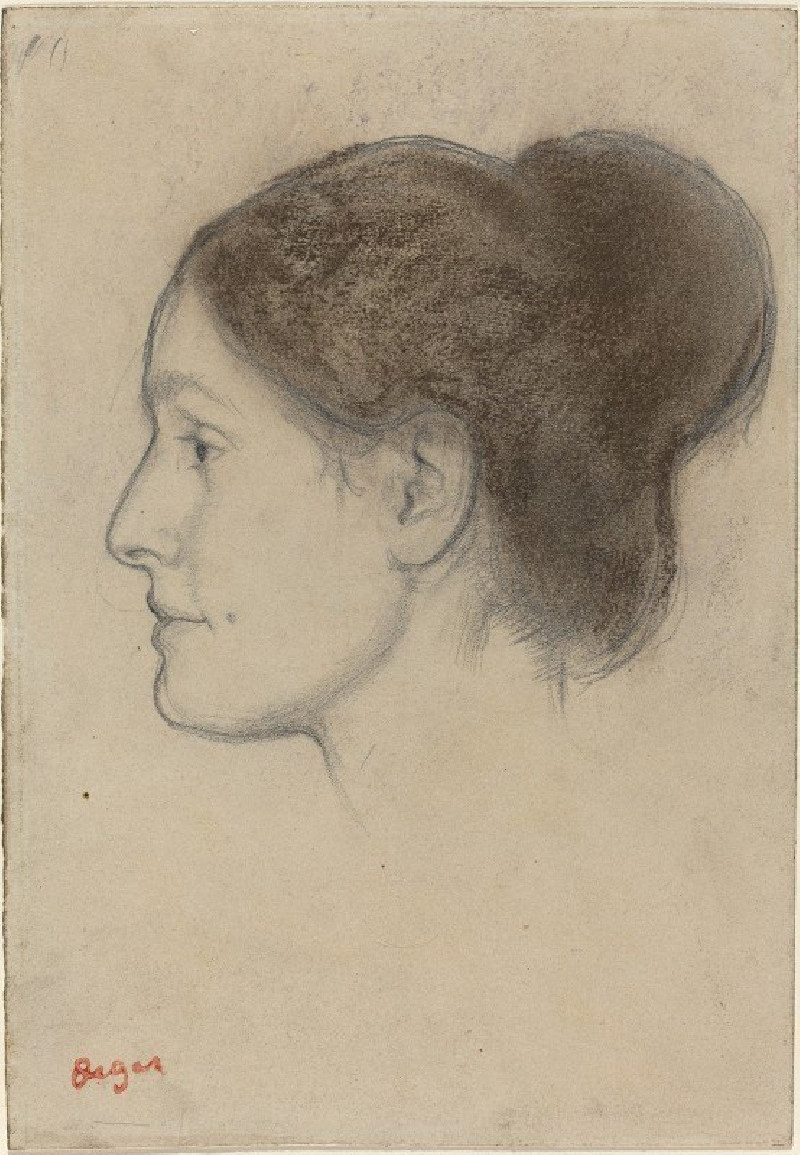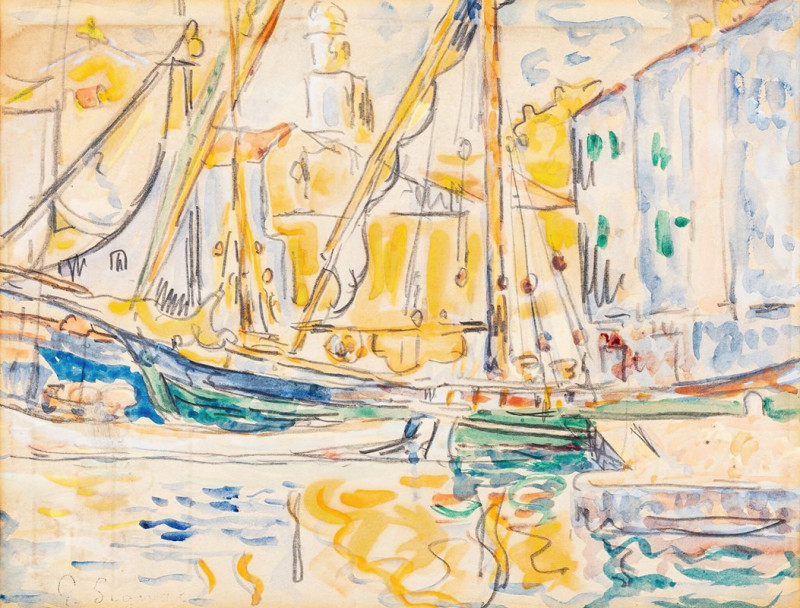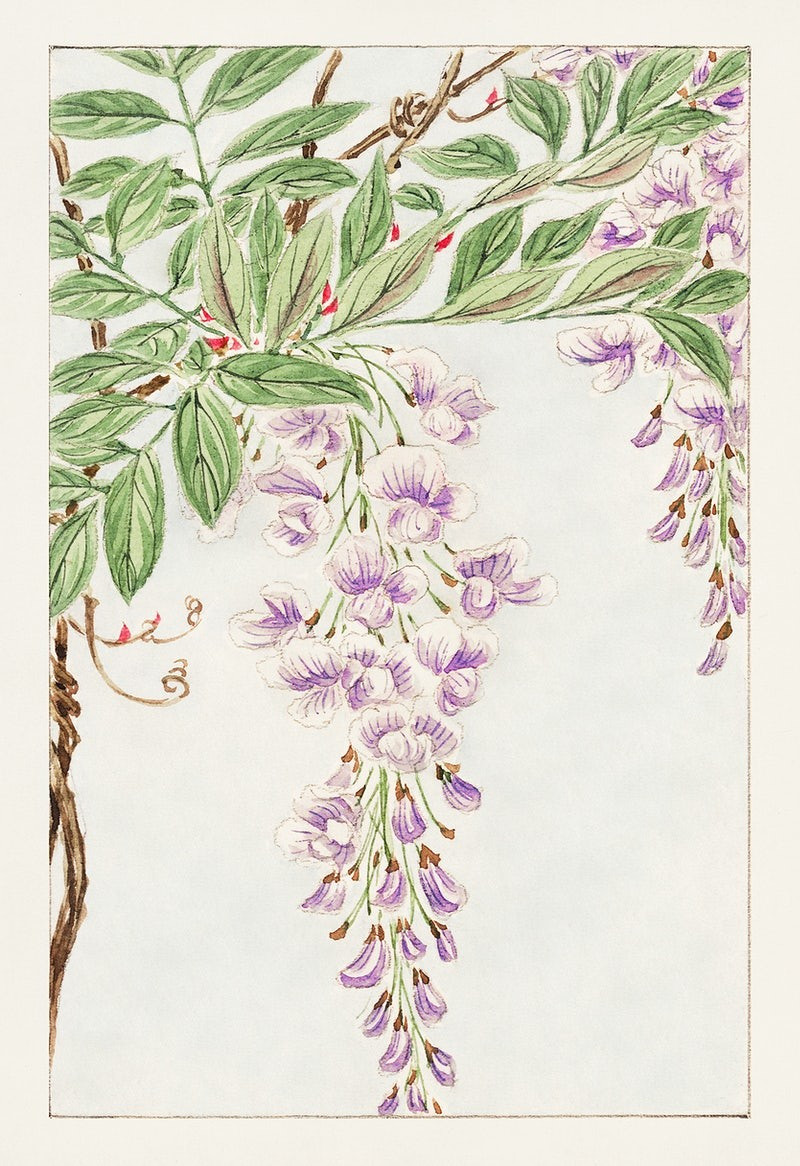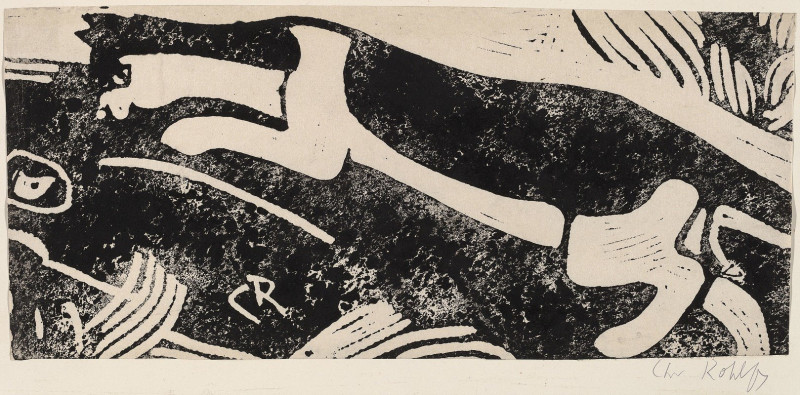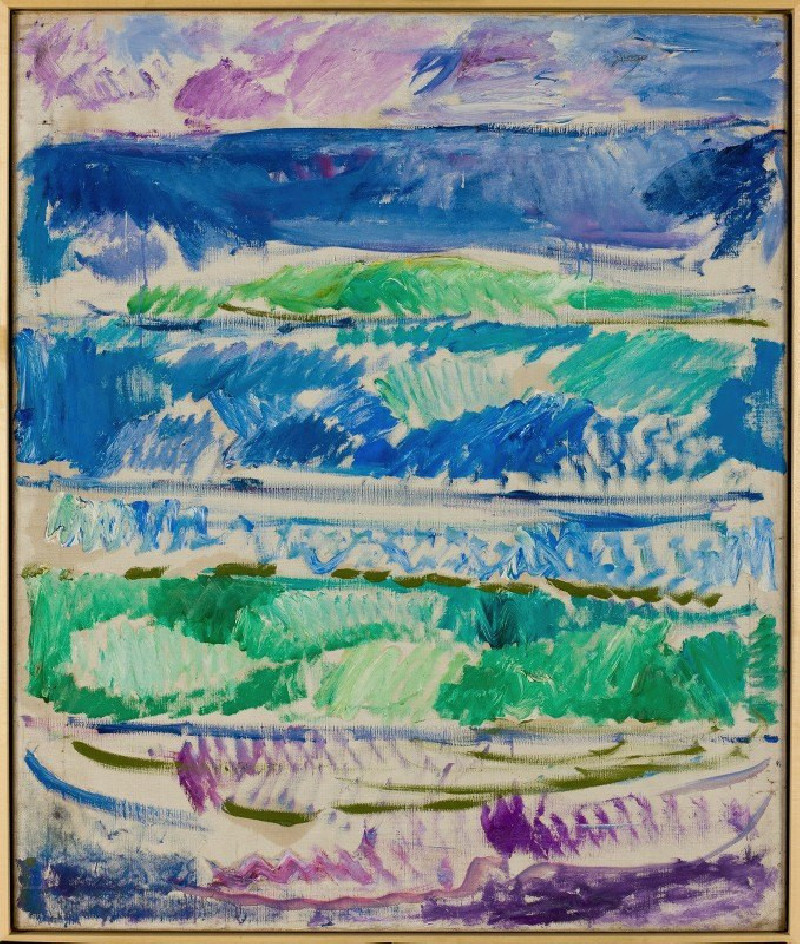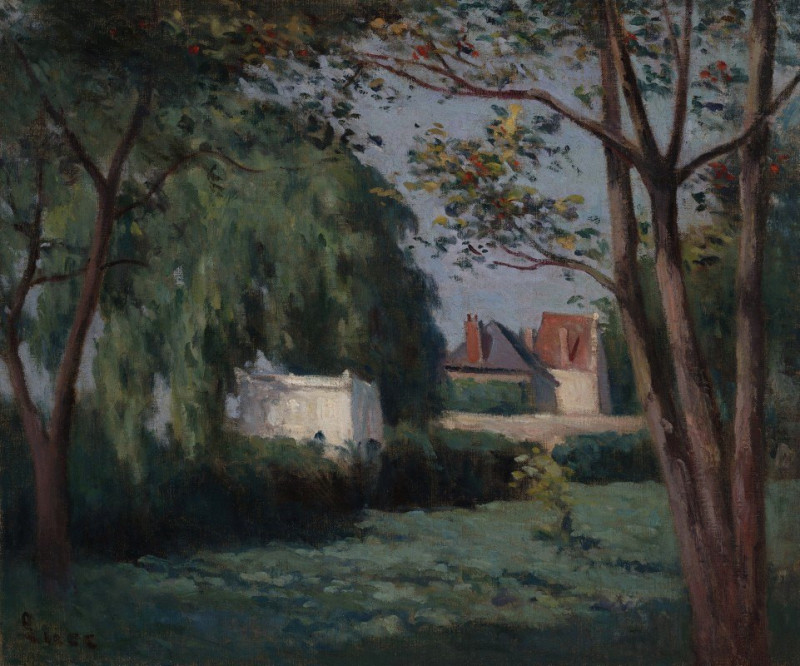Männlicher Akademieakt
Technique: Giclée quality print
Recommended by our customers
More about this artwork
"Männlicher Akademieakt" is a compelling example of Gustav Klimt's skill and artistry in portraying the human form. Drawing from the academic tradition of life study that was quintessential in art education, this piece features a nude male figure depicted with painstaking attention to anatomical accuracy and dynamic posture.Centered in the composition, the figure stands in a contrapposto pose, suggesting movement and a relaxed state, as one leg bears the body's weight and the other relaxes. His left arm is raised, grasping a thin object - likely a rod or a tool that acts as a support or reference point, not only adding to the composition but also giving a hint about the practices in academic drawing studios during Klimt's time.Each detail of the human anatomy is meticulously rendered, showcasing Klimt’s mastery over pencil strokes to define muscle tone and texture. The light shading and the careful contours highlight the three-dimensionality of the figure, capturing both the strength and subtlety of human muscles in rest and tension.Gustav Klimt, primarily renowned for his richly decorative paintings, also excelled in the art of drawing, an aspect sometimes overshadowed by his more famous works. "Männlicher Akademieakt" not only enhances our appreciation of Klimt's versatility as an artist but also connects us with the foundational practices of art instruction and study that shaped much of Western art's progression.This drawing, while perhaps less ornate than his later gold-leaf embellished paintings, is a testament to the foundational skills that Klimt mastered and which permeated his more flamboyant works.
Delivery
Returns
Gustav Klimt (1862–1918) was one of the greatest Austrian symbolist painters of the Art Nouveau era. Renowned as one of the most prominent founding members, and as a president of the Vienna Art Nouveau movement (Vienna Secession). His works were mainly paintings, murals, and sketches. Marked by his numerous erotic drawings, Klimt's primary subject were female figures, and at one point his work was even criticized as pornographic. Klimt found financial success in his "Golden Phase" with decorative techniques and the prominent use of gold leaf in his paintings.

